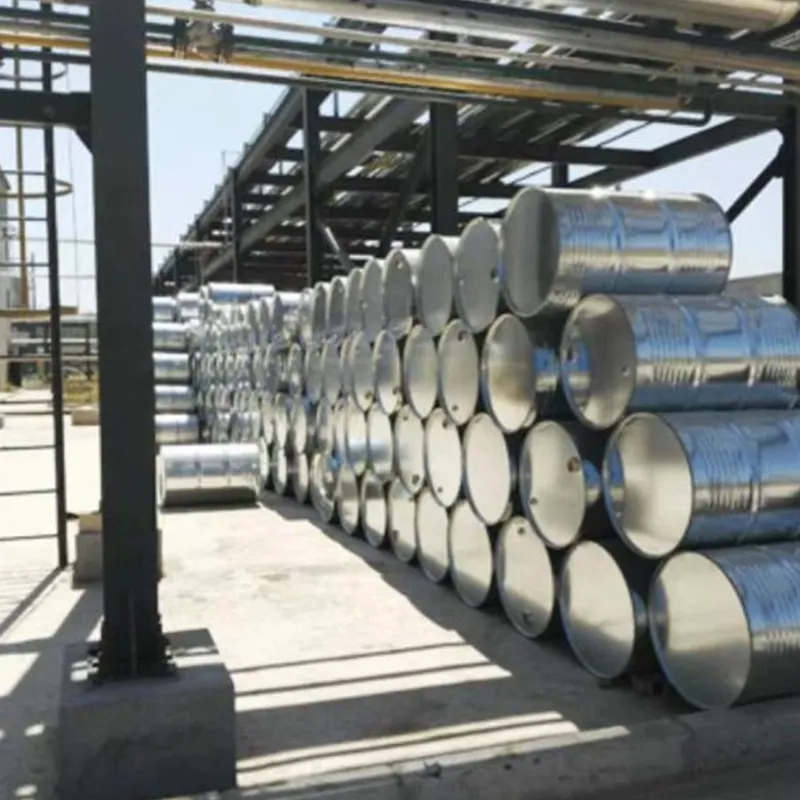
Exploring the Potential of Food Additive 500 for Enhanced Food Preservation
Understanding Food Additive E500 A Comprehensive Overview
In the ever-evolving landscape of food science and technology, food additives play a pivotal role in enhancing the quality, safety, and shelf life of various products. Among the myriad of food additives, E500, also known as sodium carbonate and sodium bicarbonate, represents a significant category that serves multiple functions in food processing. This article delves into the nature, applications, safety concerns, and regulatory aspects of E500, providing a comprehensive overview of its importance in the food industry.
What is E500?
E500 is a designation used in the European Union to refer to two forms of sodium carbonate sodium carbonate (E500(i)) and sodium bicarbonate (E500(ii)). Sodium carbonate, often referred to as soda ash or washing soda, is an alkaline compound widely used in various industrial processes, while sodium bicarbonate, commonly known as baking soda, is a staple ingredient in kitchens around the world. Both compounds are derived from natural minerals and possess unique properties that make them essential additives in food manufacturing.
Functions of E500 in Food Production
E500 serves a myriad of functions in food production, primarily acting as a leavening agent, acidity regulator, and stabilizer.
1. Leavening Agent In baking, sodium bicarbonate (E500(ii)) is crucial for creating the desired texture in products such as bread, cakes, and cookies. When combined with acidic ingredients, it produces carbon dioxide gas, leading to the rising of the dough and giving baked goods their light, airy structure.
2. pH Regulation Sodium carbonate (E500(i)) can act as an acidity regulator, helping to maintain the desired pH level in food products. This is particularly important in the production of certain beverages, dairy products, and sauces, ensuring flavor stability and preventing spoilage.
food additive 500

3. Stabilization and Preservation E500 can also function as a stabilizer in various food formulations, enhancing the consistency and shelf life of products. This is particularly beneficial in processed foods, where maintaining texture and preventing separation are key concerns.
Safety and Regulatory Aspects
The safety of food additives is a critical consideration for public health authorities. E500 has been evaluated by various regulatory bodies, including the European Food Safety Authority (EFSA) and the U.S. Food and Drug Administration (FDA). Both organizations have classified E500 as safe for consumption when used within specified limits.
E500 is considered to be non-toxic, and adverse reactions are rare. However, excessive intake can lead to gastrointestinal disturbances, including bloating and gas, especially in individuals with certain health conditions. Therefore, adhering to recommended usage levels is essential to ensure consumer safety.
Conclusion
Food additive E500, encompassing sodium carbonate and sodium bicarbonate, plays a vital role in the food industry, contributing to the texture, stability, and safety of a wide range of products. Its multifunctional properties as a leavening agent, pH regulator, and stabilizer underscore its importance in modern food processing. With ongoing research and regulatory scrutiny, E500 continues to be recognized as a safe and effective component in culinary practices, allowing for innovation and quality in food production.
As consumers become increasingly aware of the ingredients in their foods, transparency, and education about food additives like E500 will become paramount. Understanding these additives helps consumers make informed choices while appreciating the science that supports food technology. Thus, the significance of E500 extends beyond its functional roles; it represents the intersection of nature, science, and culinary arts, fundamentally shaping what we eat today.
-
Pure Sodium Dichloroisocyanurate Dihydrate | Powerful DisinfectantNewsAug.29,2025
-
Industrial Chemicals: Quality & Purity for Every IndustryNewsAug.28,2025
-
Nitrile Rubber Honoring Strict Production StandardsNewsAug.22,2025
-
Aspartame Ingredients Honoring Food Safety ValuesNewsAug.22,2025
-
Fertilizer for Balanced Plant NutritionNewsAug.22,2025
-
Cyanide Gold Processing with High Purity AdditivesNewsAug.22,2025
-
Formic Acid in Textile Dyeing ApplicationsNewsAug.22,2025
Hebei Tenger Chemical Technology Co., Ltd. focuses on the chemical industry and is committed to the export service of chemical raw materials.
-

view more DiethanolisopropanolamineIn the ever-growing field of chemical solutions, diethanolisopropanolamine (DEIPA) stands out as a versatile and important compound. Due to its unique chemical structure and properties, DEIPA is of interest to various industries including construction, personal care, and agriculture. -

view more TriisopropanolamineTriisopropanolamine (TIPA) alkanol amine substance, is a kind of alcohol amine compound with amino and alcohol hydroxyl, and because of its molecules contains both amino and hydroxyl. -

view more Tetramethyl Thiuram DisulfideTetramethyl thiuram disulfide, also known as TMTD, is a white to light-yellow powder with a distinct sulfur-like odor. It is soluble in organic solvents such as benzene, acetone, and ethyl acetate, making it highly versatile for use in different formulations. TMTD is known for its excellent vulcanization acceleration properties, which makes it a key ingredient in the production of rubber products. Additionally, it acts as an effective fungicide and bactericide, making it valuable in agricultural applications. Its high purity and stability ensure consistent performance, making it a preferred choice for manufacturers across various industries.





